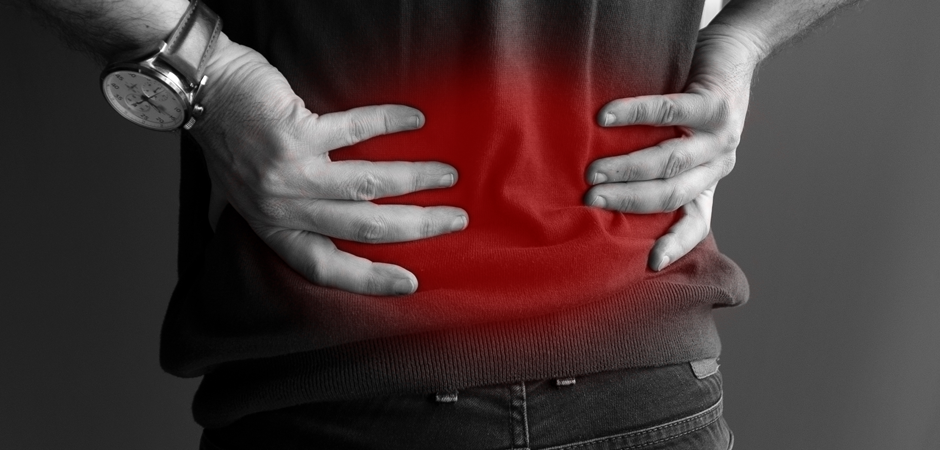
Kidney stones are one of the most common conditions that urologists treat. Most stones form in the kidney itself and may not cause pain until the stone moves down the ureter. Then the kidney may not be able to drain properly, causing pain from the increased pressure.
If the kidney stone is small enough, it is treated by letting the stone pass through the body. Sometimes shock wave technology or lasers are used to dissolve the kidney stones.
Different types of kidney stones
Calcium stones – These are the most common type of kidney stones, which are created from calcium oxalate. Oxalate is found naturally in certain foods. The risk of developing calcium oxalate stones increases if someone consumes foods high in oxalates.
Uric acid stones – These are stones created from uric acid crystals in urine. Someone is more likely to develop uric acid stones if they don’t drink enough fluids, lose too much fluid or eat a high protein diet.
Struvite stones – These stones are caused by an infection, such as urinary tract infections.
Cystine stones – These are stones caused by rare, metabolic disorders that prevent kidneys from removing cysteine out of urine.
Symptoms of kidney stones
- Severe pain in the side and back.
- Pain that radiates from your lower abdomen to groin.
- Pink, red or brown urine.
- Pain that comes in waves and varies in intensity.
- Pain during urination.
- Urinating more often than normal.
- Cloudy urine.
- Nausea and vomiting.
Treatment for kidney stones
Drinking plenty of water and taking over the counter painkillers help move moderately sized kidney stones pass through the urinary tract. This process is usually quite painful.
When the kidney stones are too large to pass naturally through urination, your urologist may perform treatments such as neurolithotomy, extracorporeal shockwave lithotripsy or ureteroscopy wither laser lithotripsy.
